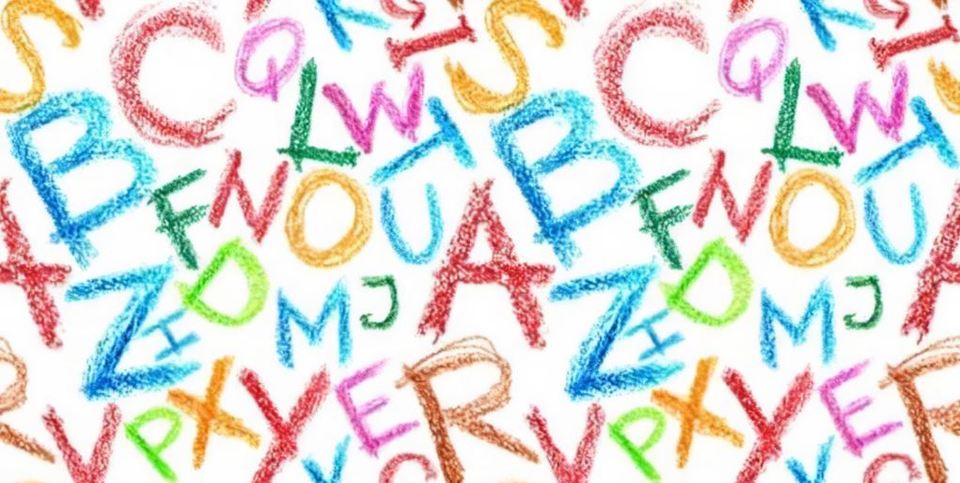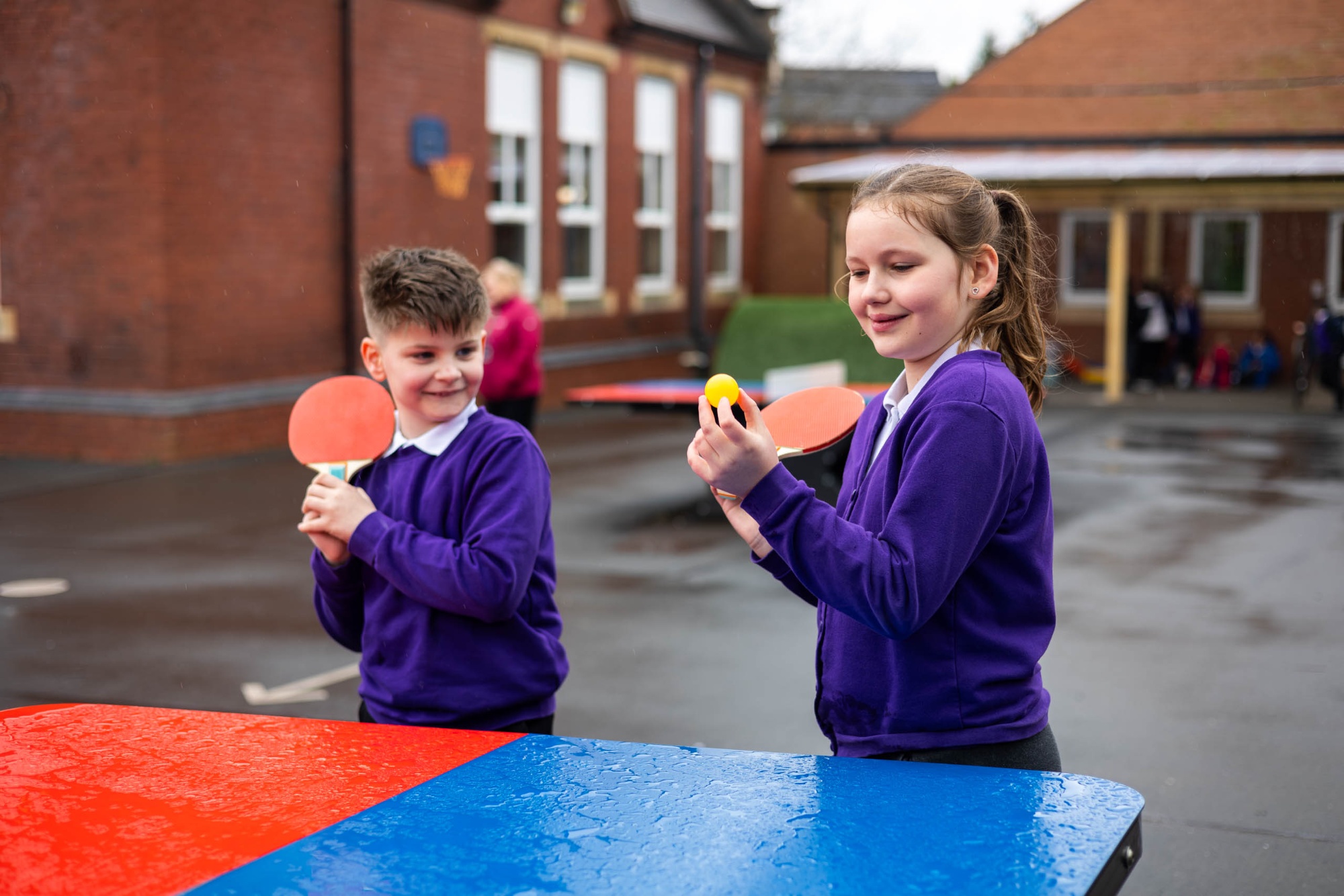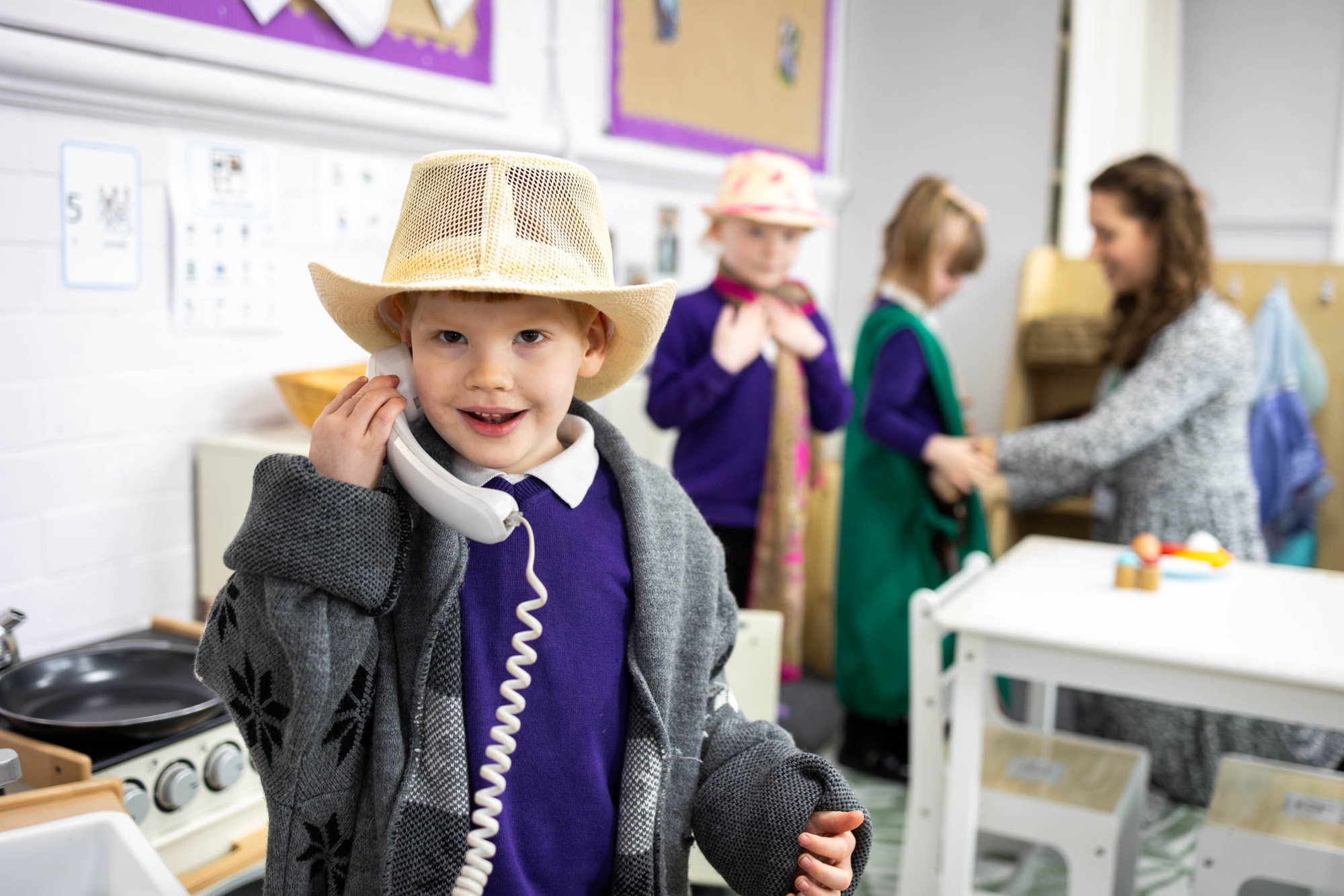Phonics
Little Wandle Intent

At Bramble Academy, we believe that all our children can become fluent readers and writers. This is why we teach reading through Little Wandle Letters and Sounds Revised, which is a systematic and synthetic phonics programme.
We start teaching phonics in Nursery and Reception and follow the Little Wandle Letters and Sounds Revised progression, which ensures children build on their growing knowledge of the alphabetic code, mastering phonics to read and spell as they move through school.
Children continue to be taught using the Little Wandle programme in year 1 and into year 2 if they did not reach the required standard in the year 1 phonics screening test.
As a result, all our children are able to tackle any unfamiliar words as they read. At Nottingham Academy, we also model the application of the alphabetic code through phonics in shared reading and writing, both inside and outside of the phonics lessons and across the curriculum. We have a strong focus on language development for our children because we know that speaking and listening are crucial skills for reading and writing in all subjects.
.jpg)
Phonics and Guided Reading in F2 and Year 1
The implantation of Little Wandle has changed the way phonics and reading are taught at school. The change has already had positive effect on the children’s learning, and we are excited to see further progress.
Children’s progression in Phonics is directly related to their reading ability. The Little Wandle programme has a thorough and consistent approach which interlinks both of these skills. The children are taught phonemes (the letter sounds) and how we recognise and read these in words and sentences. The children are continuously being assessed. They are taught overt blending (sounding the word out), but fluent blending in their heads is the ultimate goal.
The children have daily phonics as normal, and then they have reading practise sessions at school three times a week in year 1 and twice a week in F2. The books they read are completely decodable and matched to what is being taught in the lessons. The children will have the same book that they are reading in their practise sessions as their home reading book, and these will be changed once a week. One book will be from the Little Wandle scheme which will be decodable for them to practise their phonics and reading and the second book will be from our library as a book they choose, which may be of a much higher level, which we ask you to read to the children and share the pleasure of a book together.
The scheme promotes a love for reading and this is done by sharing books. Please continue to support us with reading as usual at home. As the aim is to create fluency, the children should be reading the book daily, so it is revisited several times. The book from the Little Wandle scheme is carefully matched to your child’s reading level. If your child is reading it with limited support, please do not worry that it is too easy – it is to develop fluency and confidence. They will already have read and discussed it in depth 3 times in school to build that fluency. The practice they do with you will be to further develop confidence and understanding.
These books are vital to our teaching and are very expensive too. We ask you to make sure that the book brought home is returned to school every morning. Without them in school, we will not be able to read them in the guided reading practice sessions.
If books are not returned, we will let you know. If books are still not returned, we will unfortunately have to charge for them to be replaced.
For further support, please visit the website below. This gives you information about how you can support phonics at home, how the sounds are pronounced, how we teach phonics and the books that will be coming home.
https://www.littlewandlelettersandsounds.org.uk/resources/for-parents/
Supporting your child with reading
Although your child will be taught to read at school, you can have a huge impact on their reading journey by continuing their practice at home.
There are two types of reading book that your child may bring home:
A reading practice book. This will be at the correct phonic stage for your child. They should be able to read this fluently and independently.
A sharing book. Your child will not be able to read this on their own. This book is for you both to read and enjoy together.
Reading practice book
This book has been carefully matched to your child’s current reading level. If your child is reading it with little help, please don’t worry that it’s too easy – your child needs to develop fluency and confidence in reading.
Listen to them read the book. Remember to give them lots of praise – celebrate their success! If they can’t read a word, read it to them. After they have finished, talk about the book together.
Sharing book
In order to encourage your child to become a lifelong reader, it is important that they learn to read for pleasure. The sharing book is a book they have chosen for you to enjoy together.
Please remember that you shouldn’t expect your child to read this alone. Read it to or with them. Discuss the pictures, enjoy the story, predict what might happen next, use different voices for the characters, explore the facts in a non-fiction book. The main thing is that you have fun!


